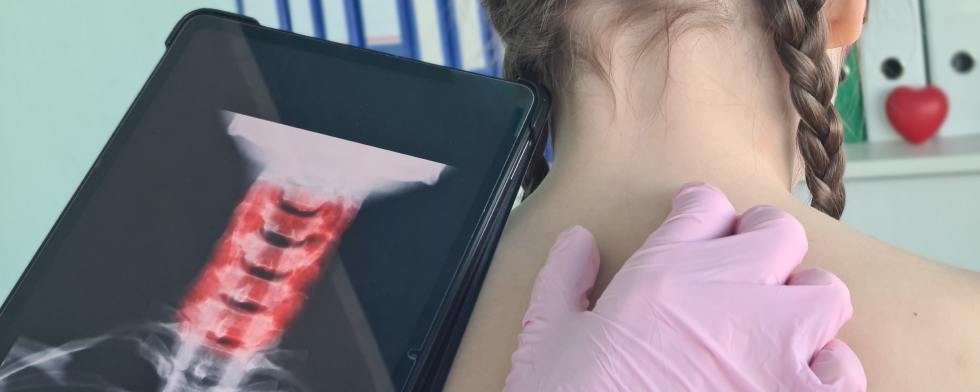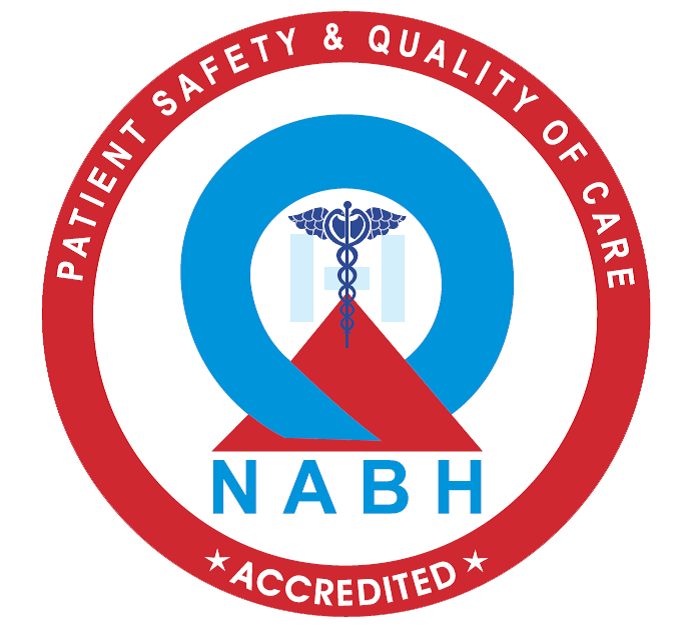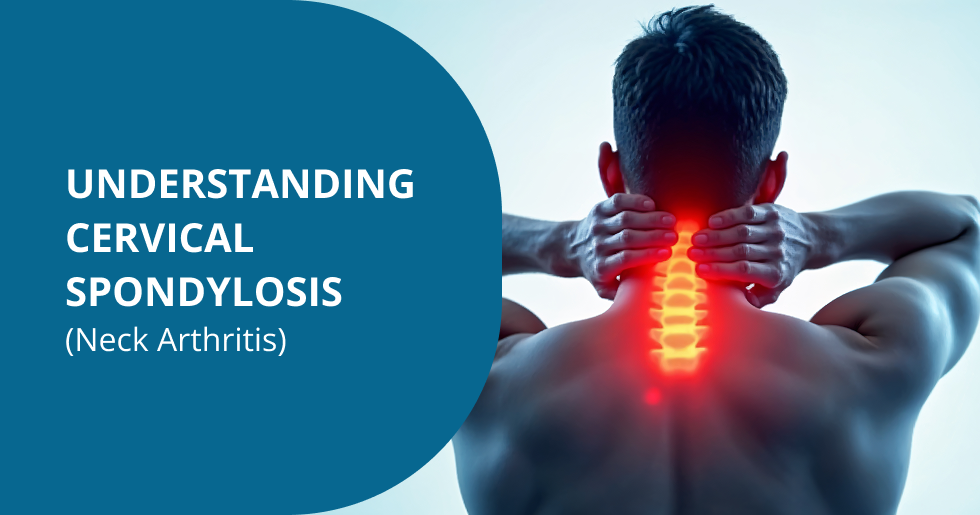Understanding Cervical Spondylosis (Neck Arthritis)
Cervical spondylosis, commonly defined as neck arthritis, is a degenerative disorder predominantly affecting spinal discs and neck joints. It arises from gradual structural deterioration in the cervical spine, usually because of age. The soft cushions between vertebrae may shrink, while bony overgrowths or stiffness can affect neck mobility and initiate persistent discomfort.
This condition is no longer exclusive to older individuals. Younger adults report symptoms due to modern work setups, excessive mobile use, and poor sitting habits. In most instances, early management with non-surgical methods can yield lasting results without invasive intervention.
Causes and Risk Factors of Cervical Spondylosis

The onset of cervical spondylosis isn’t caused by one single factor—it is typically the result of long-term wear and tear, combined with various lifestyle and hereditary components.
Below are key cervical spondylosis risk factors:
- Age-related degeneration: Disc dehydration and reduced flexibility are common after the age of 40.
- Repetitive strain: Consistent neck stress from poor posture, prolonged screen time, or awkward sleeping positions.
- Previous trauma: Old injuries to the neck can accelerate joint degeneration.
- Genetic links: A family history of spinal disorders increases susceptibility.
- Occupational stress: Jobs requiring repetitive head movement or heavy lifting may increase pressure on the cervical spine.
Symptoms and Warning Signs of Cervical Spondylosis
Clinically, the signs of neck arthritis vary from individual to individual, ranging from mild neck stiffness to neurological symptoms. Pivotal symptoms include:
- Constant or intermittent neck pain, often worsened by inactivity
- A “grating” or grinding feeling during head movement
- Muscle weakness or fatigue in the shoulders and arms
- Dizziness or imbalance in severe cases
- Tingling or numbness in the limbs, especially the hands or fingers
Early intervention is critical. Ignoring these signs can lead to nerve root irritation or spinal cord compression.
Diagnosis and Medical Evaluation

To establish a clear diagnosis, healthcare professionals start with a detailed physical examination. Neck flexibility, reflexes, and nerve function are assessed. In most cases, imaging tools such as X-rays, CT scans, or MRIs are used to visualise disc height, vertebral alignment, and bone growths or disc herniations.
In cases where symptoms mimic other conditions, additional testing may be needed to confirm cervical spondylosis as the root cause of neck pain.
Treatment Options for Cervical Spondylosis
There is no one-size-fits-all approach when it comes to the best treatment for cervical spondylosis. The choice of therapy largely depends on symptom severity, age, and overall health status.
In many cases, conservative treatment is highly effective. Surgery is rarely the first option unless there are serious complications or progressive neurological symptoms.
Non-Surgical Treatment Approaches for Cervical Spondylosis

Many patients can handle their condition with non-surgical measures. These approaches ease symptoms and help slow down further degeneration:
– PRP procedures (Platelet-Rich Plasma Therapy)
This regenerative technique uses the patient’s blood components, which are processed to concentrate healing platelets. Injected into affected tissues, it enhances repair, reduces inflammation, and promotes long-term recovery, effective for mild to moderate degeneration.
– Guided Physical Therapy
Customised therapy plans improve muscle balance, neck flexibility, and overall spinal stability. Stretching and strengthening exercises play a key role in pain reduction.
– Posture Correction and Ergonomics
Correcting desk posture, using cervical pillows, and investing in ergonomic workstations can dramatically reduce stress on the neck.
– Manual Therapy
Neck pain treatment such as spinal mobilisation, soft tissue release, and myofascial therapy, can alleviate tightness and improve circulation in affected areas.
These strategies constitute the backbone of holistic, natural cervical spondylosis treatment and are extremely valuable for those seeking to avoid surgical routes.
Surgical Treatment for Severe Cervical Spondylosis
Though rarely necessary, surgery may be advised when conservative management fails or if spinal cord compression leads to serious symptoms like gait disturbance or loss of limb coordination.
Procedures involving decompressing nerves, removing herniated discs, or stabilising the spine with fusion techniques are used. However, these are normally a last resort, and most patients find relief through non-surgical means.
Home Remedies and Preventive Strategies
Adopting a proactive lifestyle is essential for both preventing and managing neck arthritis. Simple daily practices can help maintain spinal health and avoid flare-ups:
- Consistent cervical spondylosis exercises such as gentle head tilts, shoulder rolls, and chin tucks
- Keeping the neck in neutral alignment while using digital devices
- Low-impact activities like walking, yoga, or swimming
- Avoiding long periods of screen use without breaks
- Maintaining a healthy weight to reduce spinal load
Hydration, a nutritious diet, and quality sleep also play an underrated role in preserving cervical spine health over time.
Conclusion
Though cervical spondylosis is commonly seen across age groups, it mustn’t interfere with your daily life. Modern procedures in non-surgical care help individuals experience reliable, targeted, and sustainable neck pain relief.






